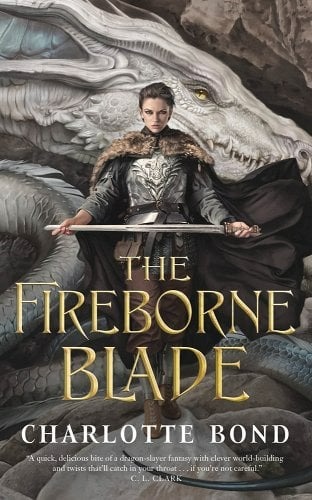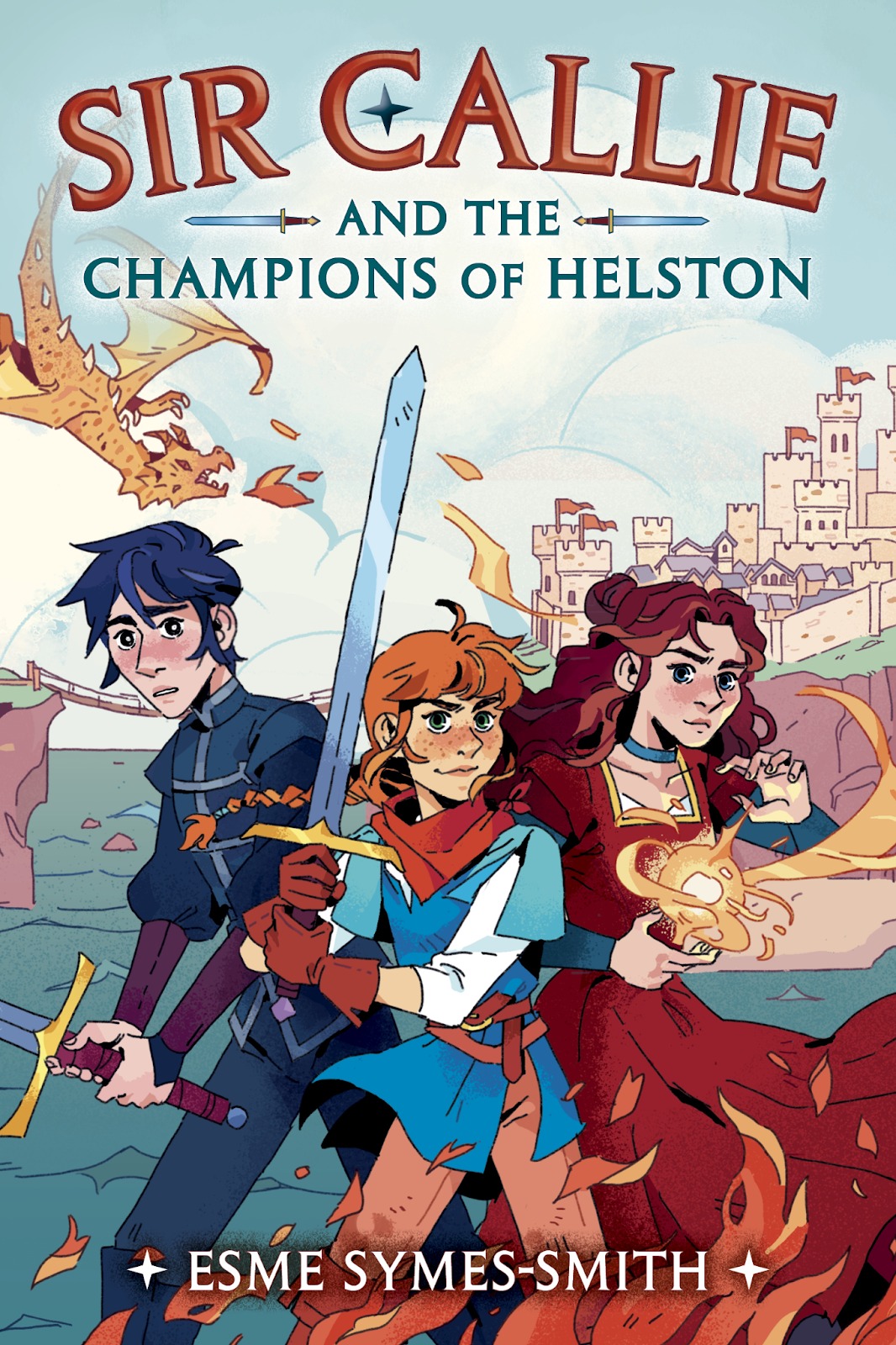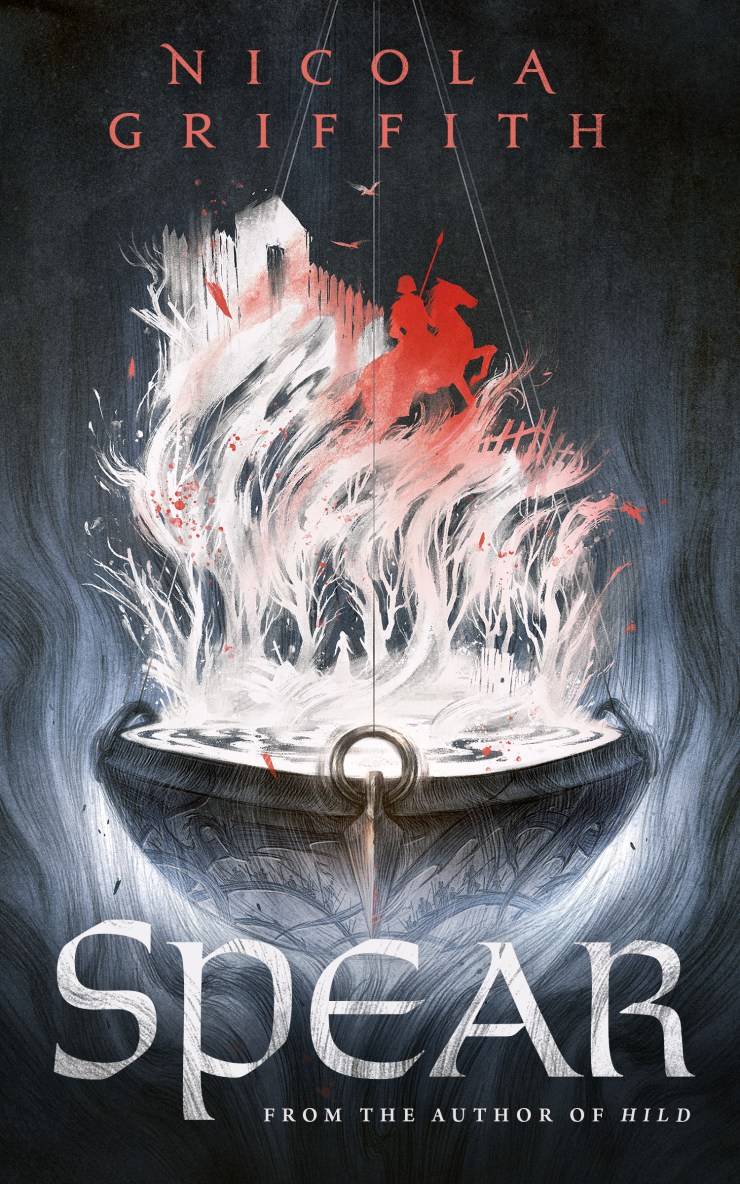Charlotte Bond’s dark fantasy novella, The Fireborne Blade, is a beautifully straightforward dungeon crawler until it isn’t. Protagonist Sir Maddileh is a rarity as a knighted woman and she’s in dire need of a truly spectacular feat to reclaim her honor and restore her standing at court. Enter her current foolhardy quest to retrieve the Fireborne Blade. The onlyRead More
Kids Can Fight Injustice Too: Sir Callie and the Champions of Helston by Esme Symes-Smith
Bookshop.org Affiliate Link “My name is Callie, and I’m not a girl. I am here as Papa’s squire, and I want to train as a knight.” Content warnings: verbal and physical abuse from parental figures; internalized homophobia/transphobia; deadnaming; bullying; queer-coded distrust of magic; parental figure with implied depression; implied suicide of SC; death of siblingRead More
Danika reviews Spear by Nicola Griffith
Amazon Affiliate Link | Bookshop.org Affiliate Link The first book I read by Nicola Griffith was Hild, a 560 page (for the first book in the trilogy) meticulously-researched historical fiction title that left me feeling like I was wandering through a dense fog of unfamiliar names and terms–and yet, it was so engaging that IRead More
Marthese reviews Not Your Average Love Spell by Barbara Ann Wright
“Camille reminded herself that they had a lot of indoctrination to undo” Not Your Average Love Spell is a not-so-average book that I discovered thanks to Netgalley, for which I am grateful. From the start, this book was one adventure after another, yet it didn’t feel rushed and was well-paced. Not Your Average Love SpellRead More



